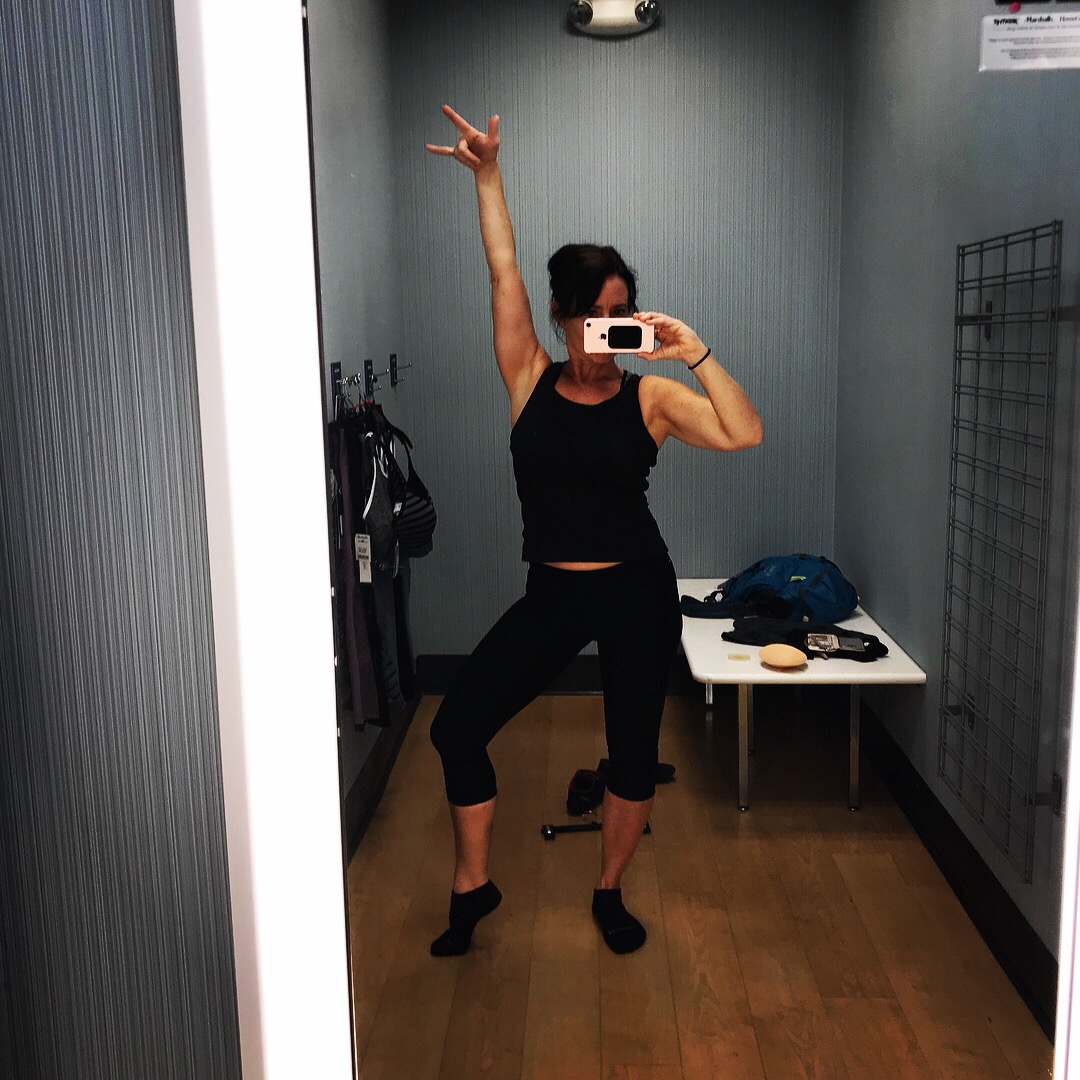TRUE or FALSE: You have to hold a stretch for 30-60 seconds for it to be effective
- Laura Flynn Endres
- Sep 28, 2020
- 3 min read
A player asked this question in the members-only Facebook group:
“I’m curious about how long everyone does their stretching exercises after a workout. I can never bring myself to spend more than about 15 seconds on each one before I get bored. Is there a big benefit to holding stretches for the full [assigned] 30-60 seconds?”
My reply:
Ooh Ooh! I know this one!
So, there isn’t a definitive *perfect* amount of time to hold a stretch, but there are two things we DO know about what happens when you stretch that supports the 30-60 second assignment.

First, your muscles have what are called spindles. The spindles produce muscle contraction, but they also contain receptors that respond when you increase the length of the muscle, such as when you stretch, but also when you, say, step back into a deep lunge or lengthen your stride when you run.
The spindle reacts to *keep your muscle from over-stretching or over-lengthening.* It does this to protect your muscle from damage. This means it puts a limit on how far you can lengthen/stretch the muscle. If you stand up right now and try to touch your toes, there will be an obvious point where you feel like you can’t stretch further without excessive pain or discomfort. That’s the spindle receptors at work.
The muscle spindle alerts the brain that muscles, joints and soft tissues are in danger of being stretched too far. This is a good thing. Your body is protecting you without you having to think about it!
More on this in a second.
Next, you also have Golgi tendon organs. These sense the work of the spindles, and work to inhibit their action. But…
:::drum roll:::
It takes about 15 seconds for the Golgi tendon organs to kick in and override the spindle!
In the case of stretching, here’s what happens: – You reach to touch your toes. – You feel like you can’t reach as far as you want/should and you feel an obvious discomfort and stop point. This is the muscle spindle responding. – You continue reaching for your toes for 15 seconds or so. This activates the Golgi tendon organs which sends a signal to your brain that it’s ok to lengthen the muscle. – You can now deepen the stretch a bit!
In the case of doing something faster, more forceful, or extreme – like, for example, trying to do a straight leg kick as high as possible, or taking off into a full sprint – here’s how these reflexes protect you:
– You kick high or take off at a full run – Your muscles lengthen suddenly – Your muscle spindles react and prevent too much lengthening – But there’s not enough time for your Golgi tendon organs to kick in – You risk pulling a hamstring but – Your spindles kick in to keep that from happening!*
* This is also why it’s super important to warm up before you do anything strenuous!
Regular stretching trains your muscle spindles to accept a greater lengthening/stretch. That’s why if you commit to a regular stretching routine, you’ll get more flexible!

But!… Do it or lose it. The benefits don’t stick around long if you neglect the practice.
Err on the side of caution with stretching. It can take a while to improve your flexibility. Never force a stretch.
Reach, hold, allow the Golgi reflex to kick in (you’ll know), breathe deeply, and then stretch a bit deeper – just 1/2″ deeper. With time, you’ll see a greater range of motion!




Comments